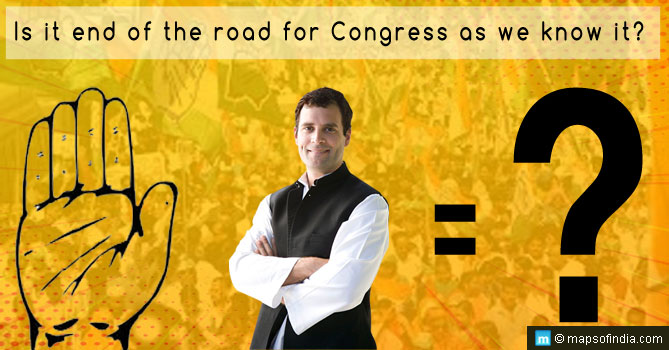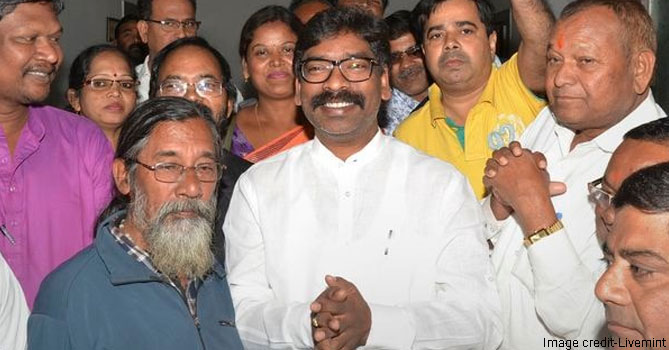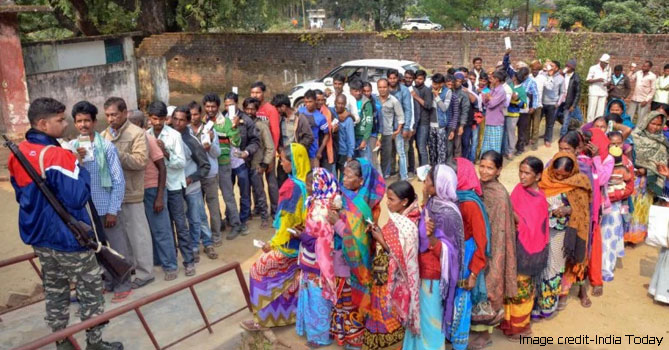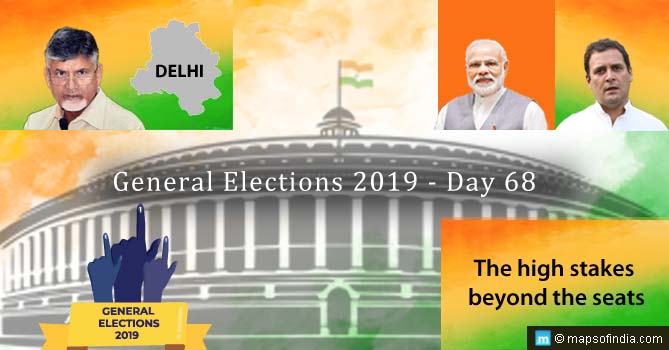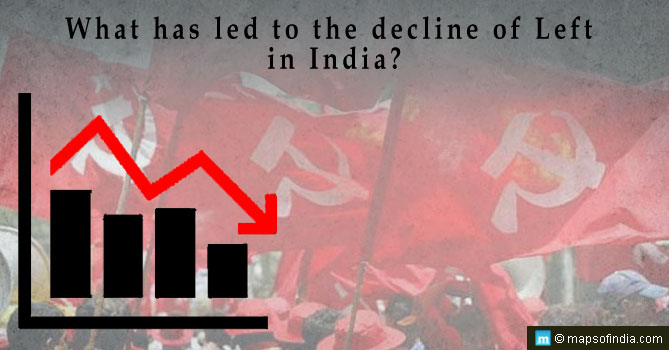
The birth of the Left in India was rooted in the nation’s continuing struggle to obtain freedom from the British colonial rule in the early 20th-century.
Rise of Leftist ideology before Independence
The Leftist ideology gained prominence during the Russian Revolution of 1917. The revolution under the leadership of Lenin had a gigantic influence on world politics. In India, a socialist ideology started taking shape when labourers and farmers toiling away in the countryside joined the independence movement. It soon became an alternative for Gandhian philosophy of peace for the agitators of Nationalism. It was then that leaders like Bal Gangadhar Tilak and Bipin Chandra Pal (Indian Nationalists) eulogized the ideologies of Lenin. Moreover, Leftist ideology managed to influence great revolutionaries like Bhagat Singh too. The impact was so great that Singh devoured the works of Lenin and Communist Manifesto during his sentence in exile.
Afterwards, the Leftist political movement that started out as a torchbearer of the socialist ideology in India divided into branches of ‘communism’ and ‘socialism’.
After Independence
The path of socialism was adopted by the Indian National Congress that governed the country, once India managed to cast away the shackles of colonial rule. After gaining independence in 1947, Jawaharlal Nehru, the first Prime Minister of India, visited USSR to discover ways to deal with the effects of colonisation in India. He extensively studied the theories of Lenin and Karl Marx and acknowledged their influence on his life and thinking.
On the other hand, MN Roy, the founder of the Communist Party of India (CPI), was trained by Lenin himself for the groundwork to fight against the ills of colonisation. MN Roy’s CPI worked on mobilising the peasant class for revolution. As a consequence, Left was able to rise to power post-independence, which is visible in their work for the agrarian and trade union movements. In 1952, the party realised the need to strengthen its hold in parliamentary politics, rather than just limit itself to the streets. As a party, CPI experienced its first electoral victory in the state of Kerala in 1957. After two decades it took over West Bengal, and gradually Tripura.
Beginning of the Downfall of the Left
The decline of the Left was first seen in the 1960s. At that time, the international circumstances pertaining to Communism started affecting Left politics in India as well.
However, the biggest downfall for the political organisation was seen in West Bengal where CPI(M) previously ruled for 34 long years (1977 to 2011). Mamata Banerjee’s Trinamool Congress made history by overturning Left from power by a heavy majority in 2011 Assembly Elections. Left remained the only strong opposition for Trinamool though.
But all hope for the Left was belied in the 2019 Lok Sabha Elections. From 59 seats in 2004 to a mere 5 seats (1 in Kerala and 4 in Tamil Nadu) in the 17th Lok Sabha, it’s almost an end for the party. It’s also important to bring into notice that the setback for Left has coincided with a huge gain for the Bharatiya Janata Party (BJP).
The political scenario in Tripura has also changed. Where the Left once ruled the state for 25 consecutive years (1996 to 2019), BJP has turned the tables by bagging both the Lok Sabha seats with an increase in the vote share.
Talking about Kerala, which is the only Left Front state government in the country, even here a shift is to be seen. From eight seats in 2014 to mere one Lok Sabha seat in 2019, Left has seen a reversal of fortunes in progress.
Now keeping in view the track record of the Left in India, what could be the possible reason behind its downfall? There are several factors associated with it.
Reasons for Decline
First of all, Trinamool leader Mamata Banerjee’s concerted campaign against the Left in Singur and Nandigram targeted the CPI(M) government. It accused them of ‘snatching’ land from the villagers for the construction of a Tata factory. This card played extremely well in Banerjee’s favour and she gained a number of followers in turn. And this is considered to be one of the major reasons for Left’s unpopularity in the 2011 Assembly Elections in West Bengal. And the loss was so cavernous that the Left could never recover from it since then.
Another reason behind Left’s decline is the shift of comrades to the ruling party. Hence, the vote share kept on falling from 2011 Assembly Elections to 2019 Lok Sabha Elections.
The same situation is playing out down South and in the Northeastern states as well. The strength and power of the Left has come down completely in Tripura and rest of the states where it reigned once. Those times seem to be bygone days now.
It seems the Left’s focus on agricultural and land reforms, education, and healthcare paid rich dividends for a certain period of time. However, lack of a clear policy direction on industrial and economic growth, foreign relations, defence strategies and international trade have cost it dear at the national level. Though problems of poverty and unemployment remain prevalent even today, the Left does not seem to have any connect with the youth in a resurgent India.
Keeping the position of the Left in mind, the prospect of its revival seems to be dim in the near term.


